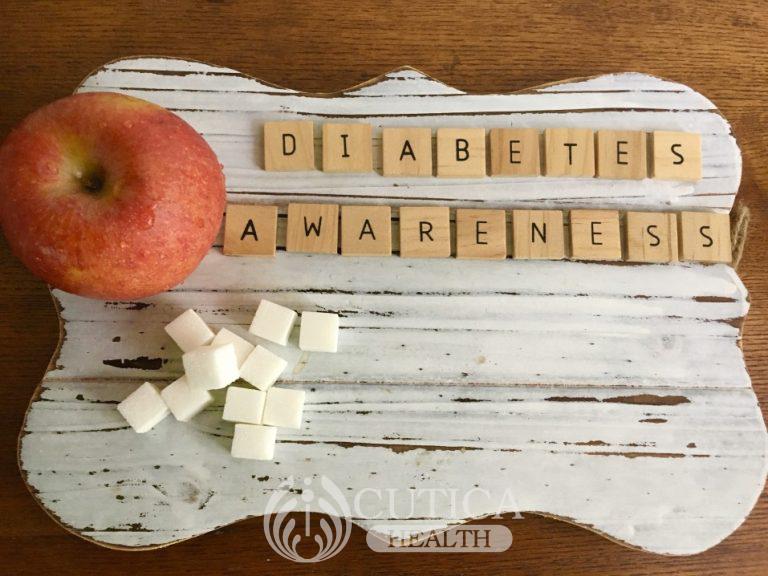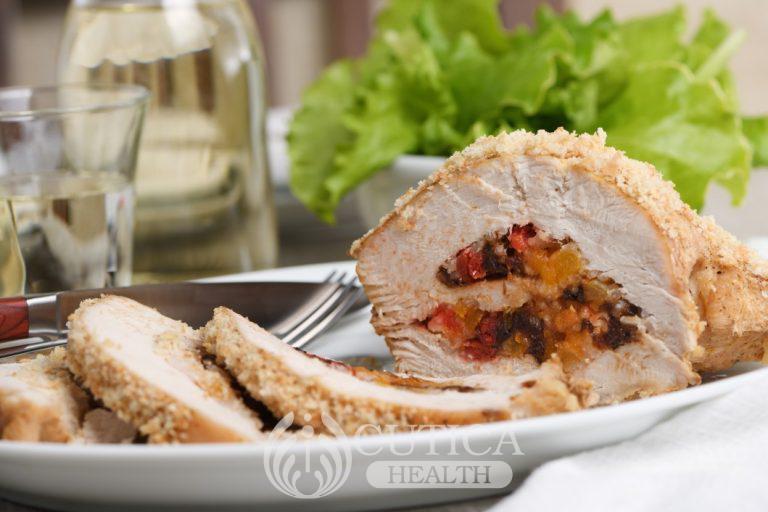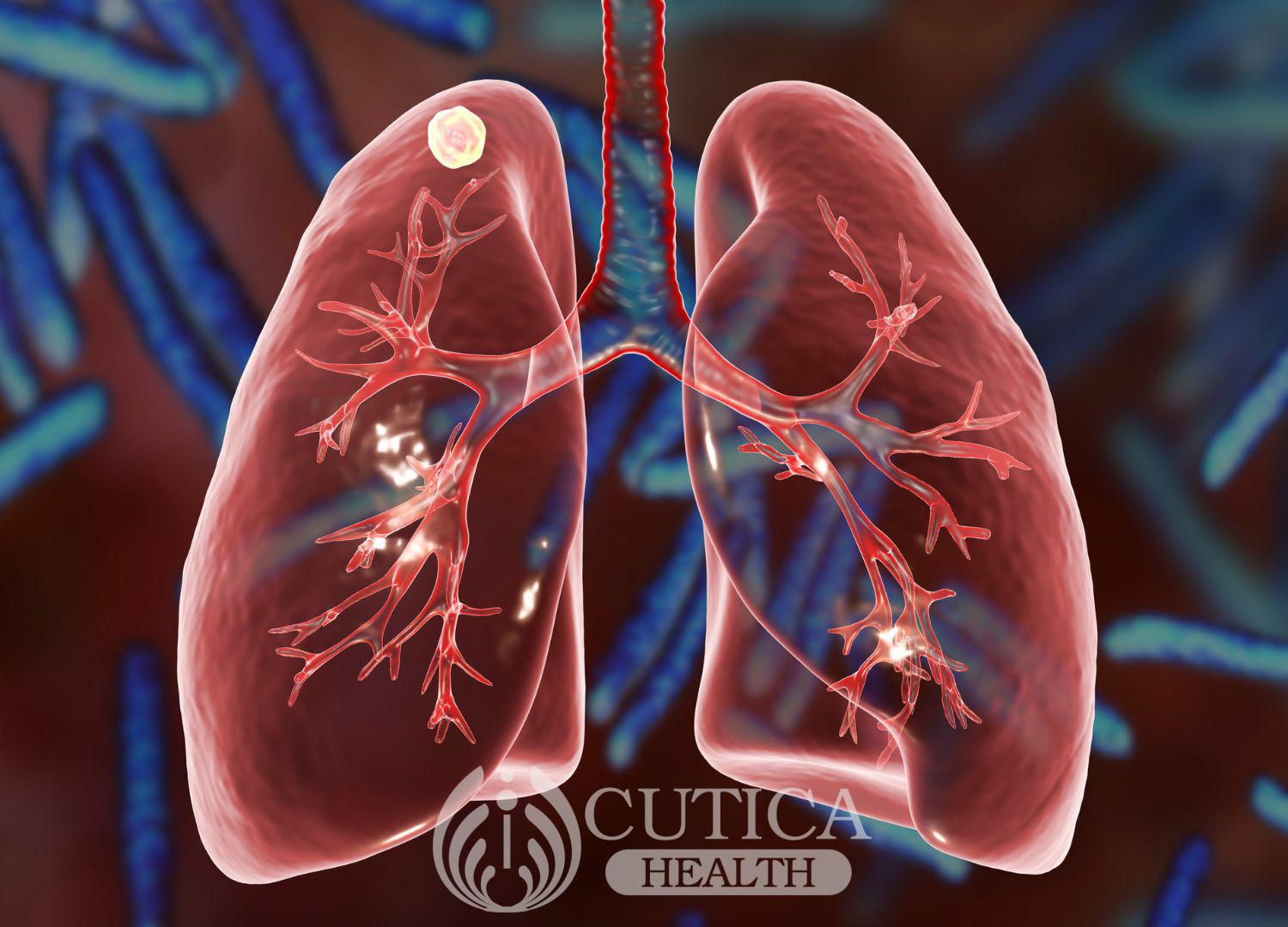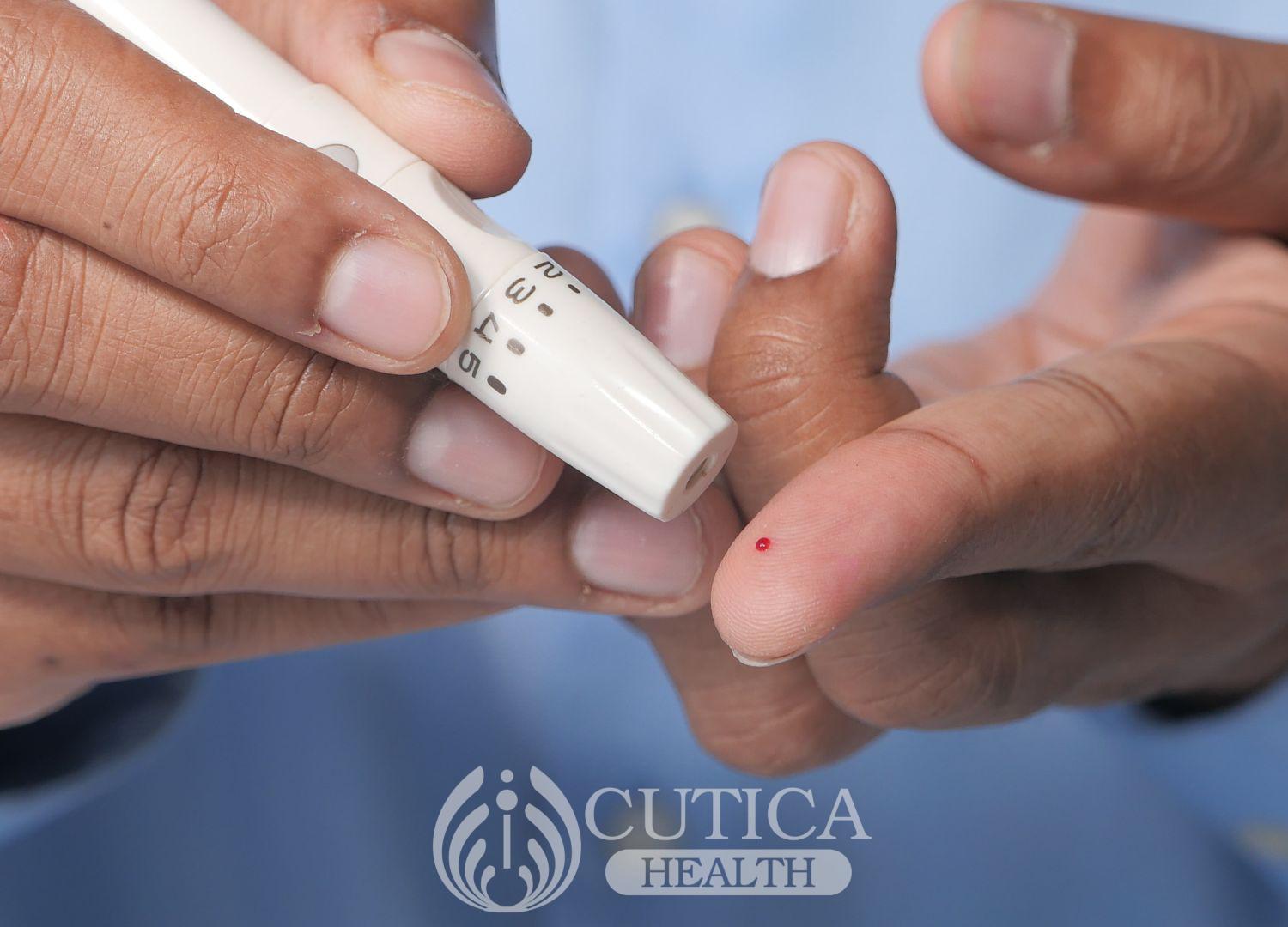
Kelvin can literally hear these exact words of his doctor any time he goes for his diabetes drug refill. He’d been diagnosed with type 2 diabetes two years ago after complaining that he’d been peeing too much and drinking lots of water on end. Upon having a quick blood sugar test done first thing one morning, it read 400 milligram/deciliters, about 300 points more than normal (Normal value for fasting blood sugar is 70-100mg/dL).
Diabetes is a condition that results when the body loses its ability to regulate and utilize sugars we consume in our meals. This may occur if the body does not produce enough insulin – the hormone that regulates blood sugar and drives it into our cells for use – or if the body is no longer responsive to the hormone. In turn, after a carbohydrate meal is broken down into sugar in the stomach, and absorbed into the blood, sugars remains in the bloodstream in large amounts, rising beyond normal levels and potentially causing damage to different organs in the body.
Diet, therefore, plays a key role in managing diabetes, as it does in increasing or lowering one’s risk of the disease. For Kelvin and people who suffer from diabetes, the do’s and don’ts about his diet are hinged on two premises – consuming less of foods that will increase blood sugar and consuming more of foods that improve how well the body regulates sugars.

Foods to Avoid
High Carbs: Essentially, the golden rule is to limit high carbohydrate foods, most of which are staple foods in sub-Saharan African countries. These include yam, cocoyam, white rice, white bread, cassava, garri, and corn flower or “fufu”. Also avoid or substantially limit cakes, cookies, sweetened drinks, fruit juice with sweeteners or added sugars, and other processed sugars. These foods increase blood sugars rapidly, and also release several harmful breakdown products called free radicals that worsen diabetes and its complications.
Saturated Fats: Saturated fat found in butter, palm oil, and red meat is associated with a high risk of heart disease and complications of diabetes including strokes and leg ulcers. Limit these foods and fried snack foods such as plantain chips, puff puff, baked foods, and pastries, which are high in saturated fats.
Foods to Eat

To improve or lower your risk of diabetes, you also have to increase your intake of alternatives to carbs and other foods that improve your body’s ability to regulate sugars. These foods are rich in proteins, fibers, minerals, and antioxidants that clear off toxins and improve blood sugar control.
These include:
- Vegetables: okra, carrots, leafy greens including Ugwu leaf, bitter leaves, water leaf, cabbage, eru leaves.
- Fruits: avocado, paw-paw, banana, mango, apples, melons, berries, almonds, and guava. You may also take alternative fruits with low sugar content such as unripe plantain.
- Whole grains: oats, brown rice (or ofada rice), maize, whole wheat
- Legumes: beans, chickpeas, cowpeas, kidney beans
- Nuts: Cashew nuts, almonds, walnuts, and peanuts
- Fatty fish: tuna, mackerel, and sardines. These fish contain the healthy type of fat that protects against toxins
Here’s a sample meal plan to guide your diet pattern
Breakfast

- ¾ of a cup of porridge or oatmeal OR 3-4 slices of wheat bread
- ¼ cup of almonds or peanuts
Lunch
- ½ a cup of ofada rice
- ½ a cup of pigeon peas
- 1 avocado
Snack (optional)
- ¾ of a cup of yogurt
Dinner
- 2 ½ cups of shredded chicken
- 1 cup of whole wheat with ewedu or vegetable soup
Snack (optional)
- Whole grain crackers












